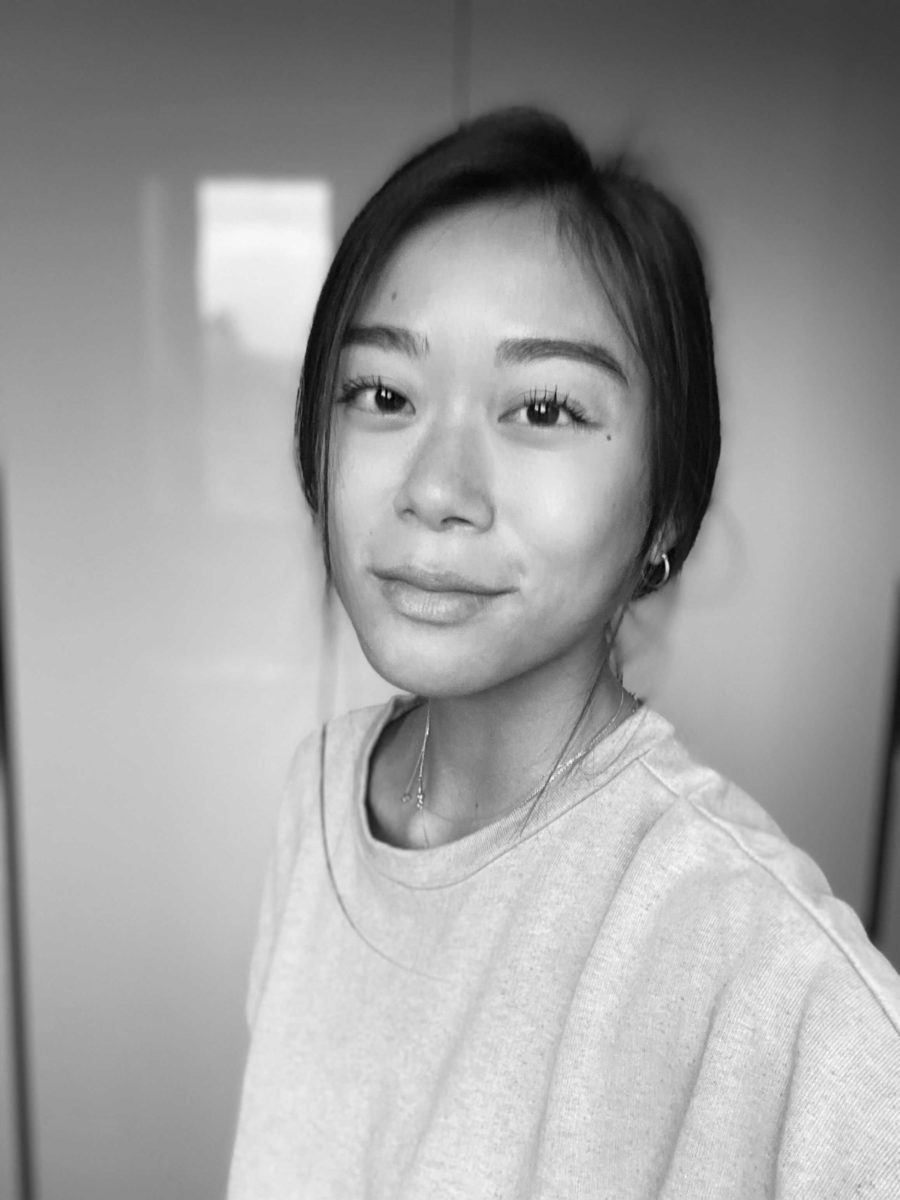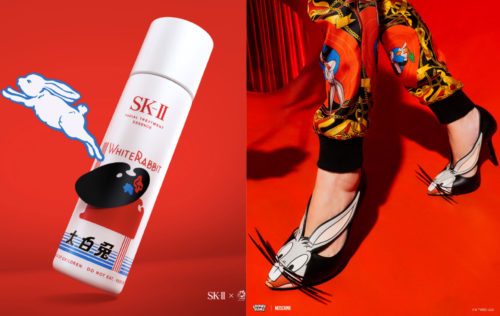As tattoo art flourishes, will China’s censors tighten their grip?
Tattoos are mainstream in urban China now, despite a government that views them as markers of undesirable subcultures and censors them on TV. What does the future of the Chinese tattoo industry hold?

Tattooed on the inside of her left arm is an inch-long replica of a sea urchin. Its precisely inked needled spines fan out around its bulbed body. Of the many tattoos piecemealed up her arms, this one is her favorite.
“Uni is me and my dad’s favorite food,” said Mel, a 25-year-old Hongkonger. “I just kind of wanted it.”
Once hidden or shunned as taboo, tattoos have taken up prime real estate on skin and on the streets. Hong Kong and Taiwan’s greater exposure to Western culture made them early advocates for permanent body art, but many young Chinese urbanites in Shanghai and Beijing now also sport tattoos that peek out of their shirts, behind their ears, and on their wrists and ankles. Some even appear as full arm sleeves or total thigh coverings.
“Tattoos are mainstream now. In the past 10 years, they just blew up in China,” said Zhuo Dan Ting (卓丹婷 Zhuō Dāntíng), a well-known tattoo artist and the founder of Shanghai Tattoo. As the first woman in China to run her own tattoo shop, Ting began tattooing her friends in Harbin’s underground music scene in 2001 — right around when the stigma surrounding tattoos started to break open. Her burgeoning success inspired her to move to Shanghai, where she works to this day.
Many studios have followed suit. Once sparse, tattoo studios have since quietly mushroomed up in major Chinese cities. People in the industry estimate that China now has tens of thousands of tattoo studios, up from hundreds a decade ago.
“Even in the area my shop is in, there’s at least 50, maybe 100 tattoo shops,” Ting said. “There was barely anything before.”
Prior to the growth in popularity, tattoos were highly stigmatized in Chinese culture, often affiliated with deviant behavior. Known as wenshen (纹身 wénshēn) or ciqing (刺青 cìqīng), tattoos were historically used to punish criminals and brand slaves. In later years, organized crime groups in East Asia, such as the Triads or Yakuza, used tattoos as symbols of membership and as a marker for criminality.
Outside of crime, tattoos were still seen as undignified or second class, partly because some Chinese minorities used tattoos as visual markers of their ethnic identity. Women from the Derung (独龙族 dúlóngzú) people, an ethnic group in Yunnan Province, had designs tattooed on their faces as a sign of maturity. Also in Yunnan, the Dai people (傣族 dǎizú) tattooed symbols of virility on men, while women often bore markings on their hands, arms, or between their eyebrows. While these ethnic groups were not seen as criminals, Han Chinese viewed them as uncivilized — in part because of their markings — and used tattoos to denigrate minorities.
Though the stigma still exists, there has been a massive shift in attitudes, largely driven by the younger generation’s newfound fondness for getting inked. What once was a mark of membership has now evolved into an art form.
With the rise of social media and celebrity ink, new tattoo styles and artists have amassed a huge following on social media. Jimmy Yuen, a tattoo artist based in Hong Kong, has over 32,000 followers on Instagram. His parlor, Ring the Bell, specializes in intricate mandala-style tattoos that transform skin into kaleidoscopic design. Chén Jiéh 陈洁, the founder of New Tattoo Studio in Beijing, has over half a million Instagram followers. Famous for her watercolor tattoos, she outlines the image then painstakingly colors it in to create the fluid feel of a Chinese watercolor painting.


These artists are among many who have shifted perceptions on what a tattoo can be. Many Chinese tattoo artists have formal training in the visual arts, and skin is just another canvas for their work. People now travel from all over the world just for a specific tattoo artist’s style.
“Tattoos have different qualities, styles, and techniques. As Chinese people see more, they learn more,” Ting said. “My studios are booked up until 2022.”
Sweney Chanie, a tattoo artist based in Hong Kong, specializes in small, fine-line tattoos. A visual arts graduate and self-taught artist, she developed a love of drawing from a young age. Her clients are typically younger local women, which she thinks is due to her minimal, clean lines and intricate details.



“More Chinese people are becoming more open minded. They see more and realize more people are getting tattoos,” Sweney said. “Now, a lot of professional jobs accept employees with tattoos. Many of my clients are nurses, teachers — even lawyers. It depends on the placement of the tattoo on your body.”
“Your boss might have a bigger tattoo than you, and you’d never know,” Ting said.
The market has followed the push in demand. What was once a rough-and-ready practice has become a full-fledged industry. A variety of ink brands now list ingredients in precise detail like on nutrition labels. New “made-to-fade” ink lets people wear tattoos for a year before disappearing, and some inks glow under UV light. Popular styles, such as mandalas or solid line work, are bolstered by thermal stencil machines that sell on Alibaba for 1,050 yuan ($162), with nicer ones costing around 4,538 yuan ($700).
Digital tech has jumped on the bandwagon. Third-party apps and devices have added another dimension to tattoo art, with soundwave tattoos that play back music or voice messages from a loved one. Augmented reality can show clients how their design will look on their body before the needle pricks their skin. Some digital artists superimpose virtual light onto existing tattoos, sparking hope for a future in electric ink.
“Seems in China (and elsewhere?) QR code tattoos have gained in popularity in recent years. The most common one I see online pops up an ‘I love you’ message after you scan it on WeChat (try it, feel the love),” said @luoshanji on Twitter.

As style and technology evolve, so does the artistry in tattoos. Young Chinese people have traded in the antiquated stigma in favor of a new art form.
“I wish more people could realize that everything is art. And to appreciate more art,” Sweney said.
What does Beijing think?
The Chinese government does not share the younger generation’s enthusiasm. Taxi drivers in the northwestern Chinese city of Lanzhou, the capital of Gansu Province, were ordered by the government to get rid of their tattoos last year. In 2018, the government banned hip-hop artists with tattoos from appearing on TV shows. Two months later, it banned tattoos at the Strawberry Music Festival in Hangzhou. Even David Beckham’s famously inked body appeared as a blur on China’s CCTV in a 2020 travel documentary, sparking debate on social media.

The culture clampdown, however, hasn’t deterred younger people from accepting tattoos.
“So apparently… In this anime ‘The Way of the Househusband’ on Netflix. All of the protagonist’s tattoos got removed in the China (BiliBili) version…I guess tattoos are too intense for China government?” said Taiwanese YouTuber @KingOfSuper on Twitter.

Beijing has shown some flexibility. The People’s Liberation Army dropped a long-standing bar in 2011 to allow recruits with small tattoos, in the hopes of broadening its appeal to China’s youth.
“The Chinese government doesn’t like them, but it’s fighting a losing battle: tattoos are only getting more popular. And many are true works of art, enabled by a revolution in techniques,” said Economist correspondent Simon Rabinovich on Twitter.
Yet, with Beijing’s recent crackdown on culture and tech, there doesn’t seem to be much hope for a change in the government’s stance. If anything, Beijing seems determined to keep youths from going astray. In just the past month, LGBT+ accounts were erased on WeChat, state media branded online gaming as “spiritual opium,” and the Kris Wu (Wú Yìfán 吴亦凡) scandal has Beijing gunning for celebrity fanfare. The government also just announced a blacklist of “illegal content” at karaoke venues set to begin this October, and intends to curb a culture of heavy post-work drinking.
These moves don’t bode well for the future of body ink. Tattoo artistry and tech seem to go hand in hand: Social media exposes tattoo artists to new ideas and art forms, while building a bigger client base. QR codes and soundwave designs depend on third-party apps to scan and view, and new tools expand what artists are able to accomplish. Similar to the kind of art found in galleries, tattoos thrive on cultural visibility and supply made available by technology, both of which are increasingly being regulated. And though tattoos have skirted any outright opposition from Beijing, they are only getting more popular. What remains to be seen is whether tattoos and tattoo culture can flourish despite the growing intrusiveness of the nanny state.






